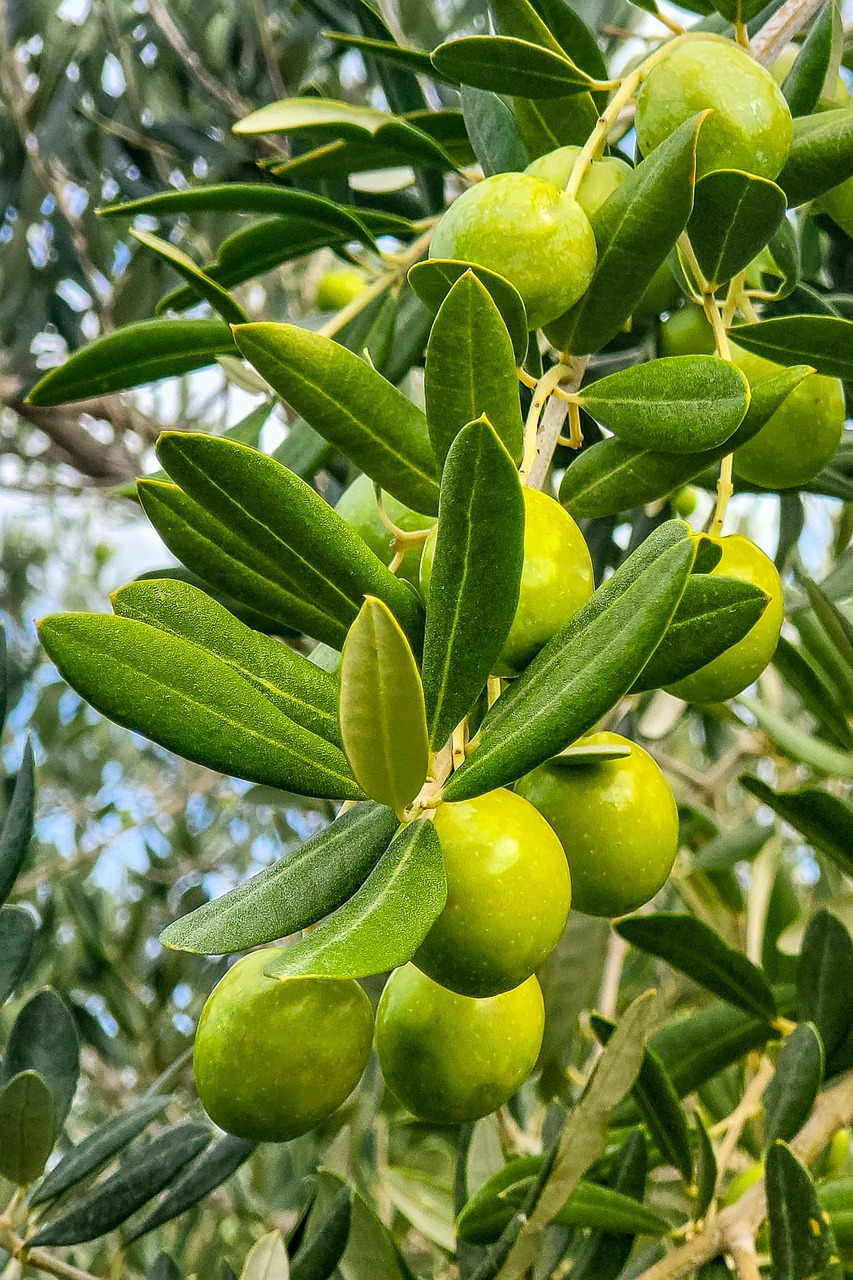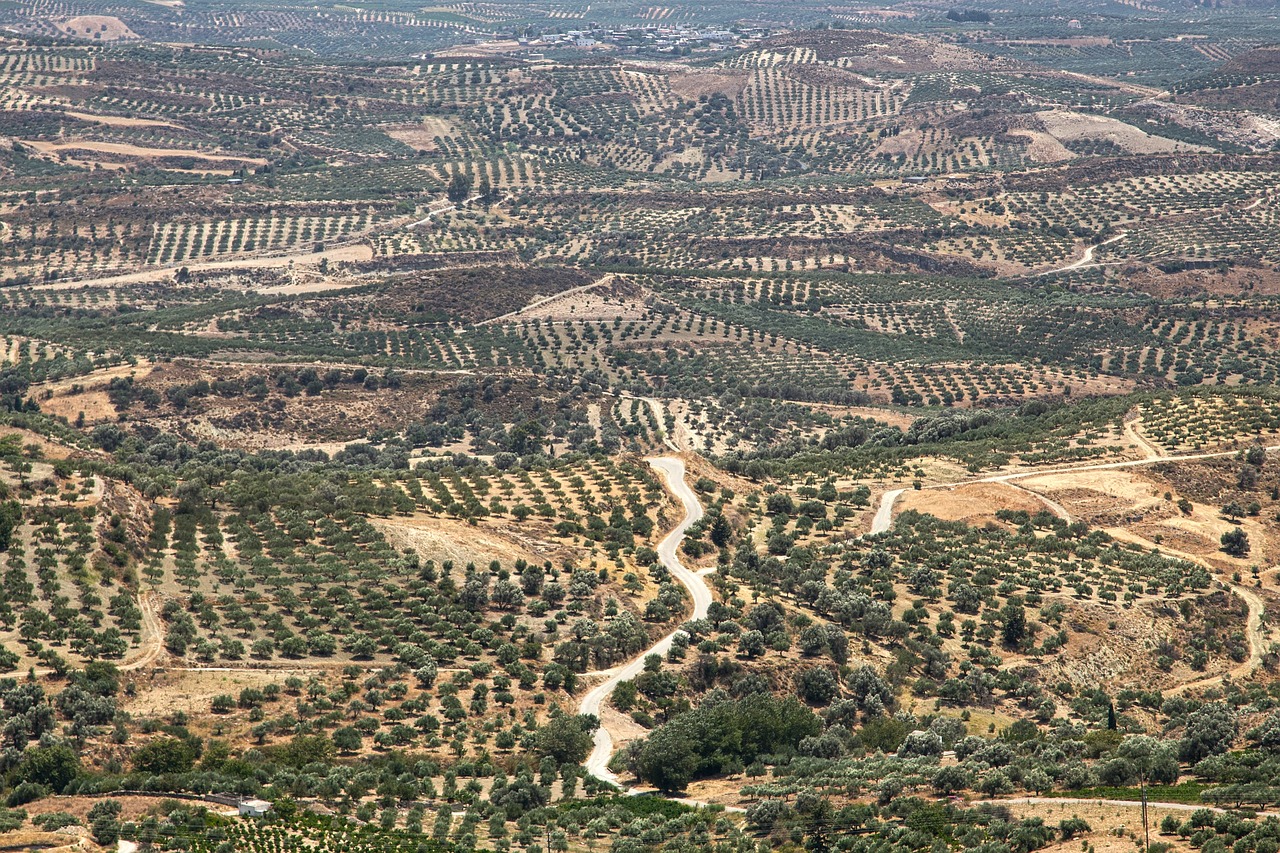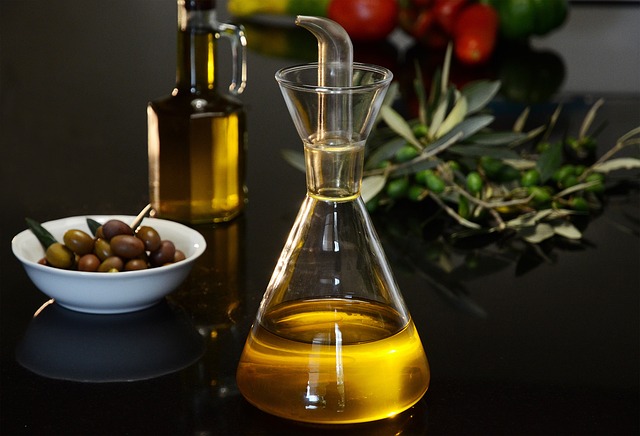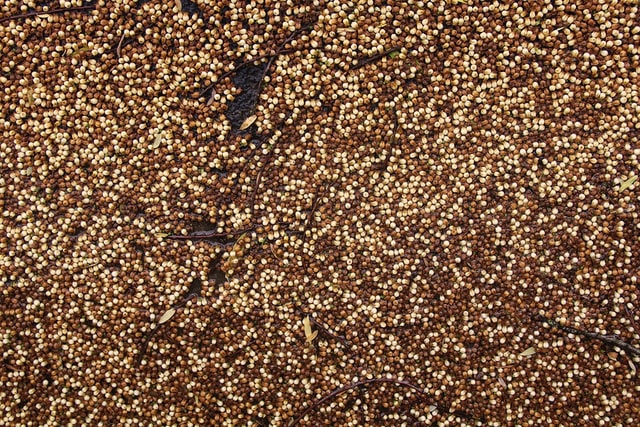From Orchard To Table: Unveiling The Origins And Types Of Olive Oil
I’m going to take you through the fascinating journey of olive oil – a staple that likely graces your kitchen shelf. This isn’t just about the smooth, rich liquid that you drizzle over a salad; it’s also about the story that begins in sun-soaked groves and ends with the press of a bottle pump.

Understanding the lifecycle of olive oil means appreciating the care that goes into cultivating the olive trees. These ancient guardians of the Mediterranean have been nurtured by farmers for generations, with some trees living to be hundreds of years old.
The process from orchard to pressing is a delicate dance of timing and technique. Olives are typically harvested between autumn and winter, depending on the region and desired ripeness. Once picked, the olives are washed and crushed into a paste, pits and all. This paste then gets mixed and churned – a process called malaxation – which helps the oil molecules fuse and separates the oil from the water and solid particles.
Sustainable farming practices are more important than ever as they ensure the longevity of the orchards and the health of our planet. Methods like integrated pest management and low-water irrigation systems help maintain ecological balance and resource conservation.
Seasonality plays a key role as well. It affects not just when the olives are harvested but also their flavor profile. As soon as the olives are pressed, the oil is stored in a cool, dark place to settle, retaining the vibrant aromas and flavors that will enhance your dishes.
Diving into the Depths of Olive Oil Varieties
Now, let’s explore the different types of olive oil. Olive oils are as diverse as the regions they come from, and each type has its own unique flavor profile and best-use scenario.
When you think about olive oil varieties, you’re actually considering the olive cultivars used in production. Much like grapes for wine, different olives yield oils with distinct tastes, aromas, and colors. For instance, the robust and peppery notes of Tuscan oils contrast sharply with the delicate and fruity Spanish varieties.
These differences aren’t random; they’re deeply rooted in geography. The soil composition, climate, and topography – what the wine world calls ‘terroir’ – play a massive role in determining an olive oil’s characteristics. An olive oil from the sun-drenched hills of Greece will taste different from one produced in the lush valleys of northern California.
You might come across terms like ‘extra virgin’ and ‘cold-pressed’ on olive oil labels. Here’s a run-through: ‘Extra virgin olive oil’ (EVOO) is the highest quality you can get. It’s made from the first press of olives, without heat or chemicals, which preserves the oil’s flavors and healthful properties. Virgin olive oil is a step down in quality but still free of chemical processing. You also have ‘refined olive oil’, which is chemically treated, and ‘pure’ or ‘light’ olive oil, which is a blend of refined and virgin oils.
Certifications are also something you want to look out for. They can give you an idea of an oil’s pedigree. Labels like PDO (Protected Designation of Origin) or PGI (Protected Geographical Indication) are trust badges that guarantee you’re getting a product from a specific place, made according to traditional methods.
Remember, choose something that resonates with you. If you’re dressing a salad, a drizzle of EVOO can elevate it. If you’re cooking at high temperatures, a refined olive oil might be your best bet.
Culinary Explorations: Pairing Foods with Olive Oil Types
Now, let’s switch gears and talk about how to elevate your dishes using olive oils. Choosing the right type of olive oil can transform an ordinary meal into a culinary delight. It’s not just about drizzling it over a salad; it’s also about understanding which oils complement certain foods.
If you want to master the art of pairing, start by matching the intensity of the oil with the flavor of the dish. Delicate oils go well with light foods like fish or steamed vegetables, while robust oils can stand up to the flavors of grilled meats or spicy foods. I’m here to help you with pairing ideas that you’ll surely enjoy experimenting with in your kitchen.
Cooking with olive oil is not only a taste enhancer but also a step toward a healthier lifestyle. The monounsaturated fats and antioxidants in olive oil are beneficial for heart health. And don’t worry too much about heat degrading the oil’s quality—high-quality extra virgin olive oil has a high enough smoke point for most cooking methods.
To maintain the exquisite flavor of your olive oil, proper storage is key. Keep it in a cool, dark place, away from heat sources. A common misconception is that olive oil ages like wine—it doesn’t. Use it within a few months of opening to enjoy its peak freshness and nutritional benefits.
Your next culinary venture with olive oil is not just about flavor harmony; it also embraces the healthy living philosophy. When you make incorporating olive oil a habit, you’re taking a step towards a balanced diet without compromising taste.
Beyond the Bottle: The Broader Impact of Olive Oil Production
I’m going to lift the veil on the wide-reaching influence of olive oil, and it’s not just about the final product gracing your dining table. Olive oil extends its roots deep into the cultural and economic soil of areas where it’s a linchpin of life. I’ve seen communities that thrive almost exclusively thanks to olive oil production – it’s pretty wild, right?
Don’t underestimate the cultural significance of olive oil; it’s been a symbol of prosperity and peace for millennia. I’ve visited places where olive trees are cherished, almost revered, and their liquid gold is celebrated with festivals and traditions. This cultural heritage is part and parcel of the high-quality oil you enjoy.
In terms of economics, small-scale farmers and producers rely heavily on olive oil to make a living. When you choose a bottle from these artisans, you’re directly supporting families and local economies – it’s a powerful act of financial support through your food choices.
Choose something that resonates with you because your buying habits have power. I encourage you to look for olive oil brands that prioritize sustainability. These producers take steps to limit water usage, reduce carbon footprints, and foster biodiversity – there’s a lot of opportunity in choosing to support these practices.
I really hope that you’re leaving with a newfound appreciation for that bottle of olive oil in your kitchen. Its journey to your table represents a tapestry of human dedication, cultural richness, environmental stewardship, and global interconnection. Next time you drizzle it over your salad or fire up the pan for cooking, remember the broader story of tradition, livelihood, and care that it carries along.




